Boat Propeller Guide: Selection, Maintenance, and Performance Optimization
 The propeller is one of the most critical components of your boat's propulsion system, yet it's often overlooked when considering performance optimization. Acting as the interface between your engine's power and the water, the propeller transforms rotational energy into forward thrust. Selecting the right propeller and maintaining it properly can dramatically improve your boat's performance, fuel efficiency, and overall handling characteristics.
The propeller is one of the most critical components of your boat's propulsion system, yet it's often overlooked when considering performance optimization. Acting as the interface between your engine's power and the water, the propeller transforms rotational energy into forward thrust. Selecting the right propeller and maintaining it properly can dramatically improve your boat's performance, fuel efficiency, and overall handling characteristics.
This comprehensive guide explains propeller fundamentals, selection criteria, maintenance procedures, and performance optimization techniques. Whether you're a new boat owner looking to understand the basics or an experienced boater seeking to maximize performance, this information will help you make informed decisions about this crucial component. With the right propeller that's properly maintained, you'll enjoy better acceleration, higher top speeds, improved fuel economy, and smoother overall operation.
Propeller Fundamentals

Understanding basic propeller terminology and concepts is essential for making informed decisions:
Basic Terminology
- Diameter: The distance across the circle made by the blade tips (measured in inches)
- Pitch: The theoretical forward distance the propeller would move in one complete revolution (measured in inches)
- Rake: The angle of the blades in relation to the propeller hub
- Cup: The curved lip on the trailing edge of the blade
- Rotation: The direction the propeller turns (right-hand/clockwise or left-hand/counterclockwise)
- Number of blades: Typically 3-5 blades for recreational boats
- Hub: The center portion of the propeller that attaches to the propeller shaft
How Propellers Work

Propellers function similarly to rotating wings or screws:
- Each blade is an airfoil-shaped surface that creates lift when moving through water
- This lift has a forward component (thrust) and a rotational component (torque)
- As the propeller rotates, it accelerates water rearward, creating forward thrust
- The angle of attack and blade shape determine efficiency and performance characteristics
- Propeller efficiency is affected by slip—the difference between theoretical and actual distance traveled
The Impact of Diameter and Pitch
Diameter Effects
- Larger diameter: More blade area, more grip in the water, better thrust at lower speeds
- Smaller diameter: Less drag, potentially higher top speeds, better for high-mounted engines
- Optimal diameter: Determined by engine power, boat design, and intended use
Pitch Effects
- Higher pitch: Greater theoretical distance per revolution, higher potential top speed
- Lower pitch: Better acceleration, easier engine loading, improved hole shot
- Pitch selection: Balances acceleration and top speed for specific applications
Example: A 14.5" x 19" propeller has a 14.5-inch diameter and 19-inch pitch. Theoretically, it would move forward 19 inches in one complete revolution if there were no slip.
The Significance of Blade Design

Rake Angle
- Higher rake: Improves bow lift, better for boats that tend to plow
- Lower rake: Better for boats that need to stay level or already have sufficient bow lift
- Progressive rake: Varies across the blade for balanced performance
Cup
- More cup: Better holding in turns, reduced ventilation, higher effective pitch
- Less cup: Smoother operation, potentially better for displacement hulls
- Specialized cupping: Can be tailored to specific performance needs
Blade Thickness and Profile
- Thicker blades: More durable but potentially less efficient
- Thinner blades: More efficient but more susceptible to damage
- Blade profile: Affects efficiency, cavitation resistance, and noise
For a wide selection of propellers for all applications, explore our propeller collection, featuring options for all major engine brands and performance needs.
Propeller Types and Materials

Different propeller types and materials offer varying benefits for specific applications:
Common Propeller Types
Standard 3-Blade Propellers

- Characteristics: Balanced performance, good all-around efficiency
- Best for: General recreational use, balanced performance needs
- Advantages: Good compromise between speed, acceleration, and smoothness
- Limitations: May not excel in specialized applications
4-Blade Propellers

- Characteristics: More blade area, better grip in water
- Best for: Improved mid-range performance, better holding in turns
- Advantages: Smoother operation, better acceleration, reduced ventilation
- Limitations: Slightly lower top speed than comparable 3-blade
5-Blade Propellers

- Characteristics: Maximum blade area, exceptional grip
- Best for: Luxury cruisers, boats that need maximum smoothness
- Advantages: Minimal vibration, excellent hole shot, superior rough water performance
- Limitations: Higher cost, potential top speed reduction
Cleaver Propellers

- Characteristics: Flat trailing edge, aggressive design
- Best for: High-performance applications, racing
- Advantages: Excellent surface ventilation resistance, good for high-speed turns
- Limitations: Less efficient at lower speeds, specialized use
Chopper Propellers

- Characteristics: Highly stylized blades, often with cutouts or unique shapes
- Best for: Custom applications, specific performance needs
- Advantages: Can be designed for specific performance characteristics
- Limitations: Often more expensive, may sacrifice efficiency for style
Propeller Materials

Aluminum Propellers
- Characteristics: Lightweight, cost-effective, adequate durability
- Best for: Recreational use, smaller engines, budget-conscious boaters
- Advantages: Lower cost, easier to repair, good performance
- Limitations: Less durable, flexes under load, more susceptible to damage
Stainless Steel Propellers
- Characteristics: Strong, stiff, maintains shape under load
- Best for: Performance applications, larger engines, rough conditions
- Advantages: Superior durability, thinner blades possible, better performance
- Limitations: Higher cost, more difficult to repair, heavier
Bronze/Nibral Propellers
- Characteristics: Excellent corrosion resistance, traditional material
- Best for: Saltwater applications, commercial use
- Advantages: Very durable, excellent corrosion resistance, repairable
- Limitations: Expensive, heavy, typically used on larger vessels
Composite Propellers
- Characteristics: Modern materials, engineered flexibility
- Best for: Recreational use where impact resistance is valued
- Advantages: Absorbs impacts, can "give" without damage, lightweight
- Limitations: Performance may not match metal props, limited high-performance options
Specialized Propeller Designs

Surface-Piercing Propellers
- Characteristics: Designed to operate partially above water surface
- Best for: Very high-speed applications, racing
- Advantages: Reduced drag, higher potential top speeds
- Limitations: Poor low-speed performance, specialized installation
Contra-Rotating Propellers
- Characteristics: Two propellers on same shaft rotating in opposite directions
- Best for: Applications requiring maximum efficiency and thrust
- Advantages: Improved efficiency, reduced torque effect, better tracking
- Limitations: Complex, expensive, specialized maintenance
Adjustable Pitch Propellers
- Characteristics: Blade pitch can be changed while operating
- Best for: Commercial vessels, larger yachts
- Advantages: Optimized performance across speed range, improved maneuverability
- Limitations: Complex, expensive, rare on recreational vessels
For propellers in various materials and designs, check our propeller collection, featuring aluminum, stainless steel, and composite options.
Propeller Selection Guide

Choosing the right propeller involves balancing multiple factors:
Matching Propeller to Boat and Engine
Engine Considerations
- Power output: Higher horsepower generally requires larger diameter or pitch
- Recommended RPM range: Propeller must allow engine to reach manufacturer's specified range
- Gear ratio: Affects required propeller pitch (lower ratio = higher pitch needed)
- Engine mounting height: Affects propeller ventilation and required diameter
Boat Considerations
- Hull type: Planing, semi-displacement, or displacement
- Weight: Heavier boats typically need lower pitch or larger diameter
- Intended use: Cruising, water sports, fishing, etc.
- Performance goals: Top speed, acceleration, fuel efficiency, or balance
Determining Optimal Size
Diameter Selection
- Start with manufacturer's recommendations for your specific engine model
- Consider engine mounting height (higher mounting may require smaller diameter)
- Evaluate boat weight and load conditions
- Diameter is less frequently changed than pitch for fine-tuning
Pitch Selection
- Aim for engine to reach manufacturer's recommended WOT (Wide Open Throttle) RPM range
- If RPM is too high, increase pitch
- If RPM is too low, decrease pitch
- Rule of thumb: Each 1" of pitch change affects RPM by approximately 150-200 RPM
Example Pitch Calculation:
Current propeller: 14.5" x 19"
Current WOT RPM: 5200
Manufacturer's recommended WOT RPM: 5500-6000
RPM is 300-800 below recommended range
Calculation: Decrease pitch by 2" (19" to 17")
Expected result: RPM should increase by approximately 300-400 RPM
Specialized Applications
For Watersports
- Prioritize hole shot and mid-range acceleration
- Consider 4-blade propellers for better lift and stability
- Often benefit from slightly lower pitch for better low-end torque
- Cup can help maintain performance when boat is heavily loaded
For Fishing
- Balance between good hole shot and decent top speed
- Consider durability for shallow water operation
- 4-blade options provide better low-speed handling and trolling stability
- Stainless steel recommended for durability in varying conditions
For Cruising
- Prioritize efficiency at cruising speeds (typically 3000-4000 RPM)
- Consider slightly higher pitch for better cruise efficiency
- 4 or 5-blade options provide smoother operation and better comfort
- Focus on propellers designed to minimize vibration
For Performance/Speed
- Maximize top speed while still allowing proper engine RPM
- Typically higher pitch propellers
- Ventilation control features important for high-speed operation
- Stainless steel essential for maintaining blade shape at high speeds
Multi-Engine Considerations
- Rotation direction: Typically counter-rotating (outward) for better handling
- Matching propellers: Ensure identical specifications for balanced performance
- Engine height matching: Ensures propellers operate at same depth
- Specialized designs: Some manufacturers offer propeller sets specifically designed for multi-engine applications
Need help selecting the right propeller? Explore our propeller selector guide or contact our technical team for personalized recommendations.
Propeller Maintenance and Care

Proper maintenance ensures optimal performance and extends propeller life:
Routine Inspection
What to Look For
- Bent blades: Even minor bends affect performance and cause vibration
- Nicks and dings: Disrupt water flow and reduce efficiency
- Cavitation damage: Appears as pitting or erosion on blade surfaces
- Cracked blades: Can lead to catastrophic failure if not addressed
- Hub damage: Rubber hub inserts can deteriorate or slip
- Corrosion: Particularly on aluminum propellers in saltwater
Inspection Frequency
- Before and after each boating season
- After striking any object or experiencing unusual vibration
- Every 20-30 operating hours during regular use
- After operating in areas with debris or shallow water
Cleaning and Protection
Cleaning Procedures
-
Aluminum propellers:
- Wash with mild soap and water
- Remove barnacles or growth with plastic scraper
- Use aluminum-safe cleaners for stubborn deposits
- Avoid harsh chemicals that can damage the finish
-
Stainless steel propellers:
- Wash with soap and water
- Use stainless polish for shine and protection
- Remove barnacles with plastic or wooden tools
- Address tea-colored staining with specialized stainless cleaners
-
Bronze propellers:
- Clean with mild soap and water
- Use bronze cleaners for tarnish
- Apply bronze polish for protection
- Some patina is normal and protective
Protective Measures
- Sacrificial anodes: Install and maintain zinc or aluminum anodes
- Protective coatings: Apply appropriate propeller paint or coating
- Antifouling: Consider propeller-specific antifouling products
- Storage protection: Apply light coating of water-resistant grease during storage
Removal and Installation
Tools Required
- Propeller wrench or socket of appropriate size
- Rubber mallet
- Propeller puller (for stubborn props)
- Marine-grade grease
- New cotter pin or locking device
- Anti-seize compound (for shaft threads)
Removal Procedure
- Remove cotter pin or locking device
- Remove propeller nut (note thread direction—many are reverse threaded)
- Remove thrust washer and any spacers (note order and orientation)
- Slide propeller straight off shaft
- If stuck, use propeller puller—never hammer directly on propeller
- Remove any remaining hardware and inspect shaft
Installation Procedure
- Clean propeller shaft thoroughly
- Apply thin coat of marine grease to shaft splines
- Install thrust washer and any spacers in correct order
- Slide propeller onto shaft, aligning splines carefully
- Install remaining hardware in correct sequence
- Apply anti-seize to threads if recommended
- Tighten propeller nut to specified torque
- Install new cotter pin or locking device
Warning: Never operate the engine with someone near the propeller. Always disconnect battery cables or remove key when working on propellers to prevent accidental starting.
Repair Options
When to Repair vs. Replace
- Minor damage: Small nicks, slight bending can often be repaired
- Moderate damage: Significant bends or multiple damaged areas may be repairable by professionals
- Severe damage: Cracked blades, severe bending, or hub damage typically requires replacement
- Economic considerations: Repair costs vs. replacement cost
DIY Repairs
- Filing small nicks: Use fine metal file to smooth minor damage
- Polishing: Restore surface after filing with progressively finer sandpaper
- Balance check: Simple balance test using horizontal shaft
- Limitations: Avoid attempting to straighten significant bends
Professional Repair Services
- Reconditioning: Complete restoration to like-new condition
- Pitch/cup adjustments: Customization for specific performance needs
- Computer analysis: Advanced shops offer digital scanning and precision repair
- Re-hubbing: Replacing damaged rubber hubs
For propeller maintenance supplies and replacement parts, check our propeller hardware collection, featuring nuts, washers, and installation kits.
Troubleshooting Propeller Issues
Identifying and resolving common propeller-related problems:
Performance Problems
Poor Acceleration
- Symptoms: Slow to plane, sluggish response, engine labors
-
Possible causes:
- Pitch too high for application
- Propeller damage affecting efficiency
- Incorrect propeller style for boat type
- Engine mounting too high causing ventilation
-
Solutions:
- Try lower pitch propeller
- Consider 4-blade design for better hole shot
- Repair or replace damaged propeller
- Adjust engine height if applicable
Lower Than Expected Top Speed
- Symptoms: Cannot reach expected speed, engine reaches max RPM easily
-
Possible causes:
- Pitch too low for application
- Diameter too small
- Excessive propeller damage
- Incorrect blade design for high-speed operation
-
Solutions:
- Increase propeller pitch
- Consider larger diameter if appropriate
- Repair or replace damaged propeller
- Select propeller design optimized for speed
Engine RPM Too Low
- Symptoms: Cannot reach manufacturer's recommended WOT RPM range
-
Possible causes:
- Propeller pitch too high
- Boat overloaded
- Engine mounting too low
- Marine growth on hull or propeller
-
Solutions:
- Decrease propeller pitch
- Reduce boat load
- Adjust engine height if applicable
- Clean hull and propeller
Engine RPM Too High
- Symptoms: Engine exceeds manufacturer's recommended WOT RPM range
-
Possible causes:
- Propeller pitch too low
- Significant propeller damage
- Engine mounted too high causing ventilation
- Incorrect propeller for boat/engine combination
-
Solutions:
- Increase propeller pitch
- Repair or replace damaged propeller
- Adjust engine height if applicable
- Select propeller with appropriate specifications
Mechanical Issues
Vibration
- Symptoms: Noticeable vibration at specific or all RPM ranges
-
Possible causes:
- Bent propeller blade(s)
- Propeller imbalance
- Missing blade material from impact
- Shaft misalignment
- Damaged hub
-
Solutions:
- Have propeller reconditioned or balanced
- Replace severely damaged propeller
- Check shaft alignment
- Replace worn hub
Ventilation
- Symptoms: Engine RPM suddenly increases without boat speed increase, often accompanied by higher pitch sound
-
Possible causes:
- Engine mounted too high
- Sharp turns causing air to be drawn to propeller
- Propeller not designed for high-mounting applications
- Damage to anti-ventilation plate
-
Solutions:
- Adjust engine mounting height
- Select propeller with anti-ventilation features (cup, vents)
- Repair anti-ventilation plate
- Modify driving technique in turns
Cavitation
- Symptoms: Pitting on blade surfaces, noise, reduced performance, erosion of metal
-
Possible causes:
- Blade damage disrupting water flow
- Incorrect propeller design for application
- Over-propping (too much pitch/diameter for available power)
- Poor water flow to propeller
-
Solutions:
- Repair blade damage
- Select propeller designed to reduce cavitation
- Match propeller specifications to engine power
- Check for obstructions affecting water flow
Slipping Hub
- Symptoms: Engine revs but minimal power transfer, intermittent power loss
-
Possible causes:
- Worn rubber hub insert
- Incorrect hub for application
- Impact damage to hub
- Improper installation
-
Solutions:
- Replace hub or entire propeller
- Select correct hub durometer for application
- Ensure proper installation
- Consider solid hub for high-performance applications
Pro Tip: Keep a spare propeller onboard, especially for remote boating areas. A damaged propeller can end your day on the water if you don't have a replacement.
Performance Optimization
Fine-tuning your propeller setup for maximum performance:
Engine Height Adjustment
- Impact on performance: Engine mounting height significantly affects propeller performance
- Optimal height: Typically anti-ventilation plate even with or slightly above boat bottom
- Higher mounting benefits: Reduced drag, potentially higher top speed
- Higher mounting drawbacks: Increased ventilation risk, potential cooling issues
- Testing procedure: Incremental adjustments with performance testing at each height
- Propeller considerations: Higher mountings often require specialized propellers
Dual Propeller Strategies
- Performance/economy propeller: Higher pitch for cruising and top speed
- Utility propeller: Lower pitch for better hole shot and towing
- Seasonal considerations: Different propellers for different seasonal activities
- Backup propeller: Similar specifications to primary but perhaps less expensive
- When to switch: Based on load conditions, passenger count, or activities
Custom Propeller Modifications
- Custom cupping: Added or enhanced cup for better holding and reduced ventilation
- Blueprinting: Precision balancing and finishing for maximum efficiency
- Rake adjustments: Modified rake angle for specific performance characteristics
- Venting modifications: Added or modified vents for controlled slip
- Edge treatments: Specialized leading or trailing edge profiles
- Professional services: Work with reputable propeller shops for custom work
Performance Testing Methods
Basic Performance Testing
- Conduct tests with consistent conditions (load, water, wind)
- Record GPS speed at various RPM increments
- Note time to plane from standing start
- Measure fuel consumption if possible
- Document acceleration from idle to 30 MPH
- Test handling characteristics in turns
Advanced Testing Techniques
- Use digital tachometer for precise RPM readings
- Employ GPS-based acceleration measurement
- Monitor fuel flow with accurate flow meter
- Record engine trim position for each test
- Document water conditions precisely
- Use consistent testing protocol for valid comparisons
Interpreting Test Results
- Compare actual performance to expected specifications
- Evaluate RPM at wide-open throttle against manufacturer's range
- Calculate slip percentage at cruising speed
- Determine fuel efficiency at various speeds
- Assess overall satisfaction with performance characteristics
For performance propellers and customization options, explore our performance propeller collection.
Special Considerations for Different Boat Types
Propeller selection varies significantly based on boat type and use:
Pontoon Boats
- Unique challenges: Higher drag, weight distribution, limited engine options
- Recommended features: Higher rake, often benefit from 4-blade designs
- Pitch considerations: Typically lower pitch than comparable V-hull boats
- Performance goals: Focus on hole shot and mid-range efficiency
- Special propellers: Several manufacturers make pontoon-specific models
Bass Boats
- Unique challenges: Need excellent hole shot, often run at higher engine heights
- Recommended features: Aggressive cup, anti-ventilation design
- Material preference: Typically stainless steel for performance and durability
- Performance goals: Balance between hole shot and top speed
- Special considerations: Often benefit from specialized tournament propellers
Cruisers and Runabouts
- Unique challenges: Varying load conditions, all-purpose use
- Recommended features: Balanced performance, moderate cup
- Blade count: 3-blade for general use, 4-blade for improved mid-range
- Performance goals: Smooth operation, good cruise efficiency
- Special considerations: Consider passenger and gear weight variations
Center Consoles
- Unique challenges: Often operated in varying conditions, offshore use
- Recommended features: Strong cup, durable construction
- Material preference: Stainless steel for durability in offshore conditions
- Performance goals: Good rough water performance, reliable in varying conditions
- Special considerations: May need different propellers for inshore vs. offshore use
Ski/Wake Boats
- Unique challenges: Need consistent speed control, often heavily loaded
- Recommended features: Higher blade area, often 4 or 5-blade designs
- Performance goals: Consistent thrust at lower speeds, minimal speed fluctuation
- Special considerations: Ballast weight significantly affects propeller requirements
- Specialized propellers: Several manufacturers make wake-specific models
Sailboats with Auxiliary Engines
- Unique challenges: Limited power, often folding propellers
- Recommended features: Folding or feathering designs to reduce drag when sailing
- Performance goals: Efficiency at displacement speeds, minimal drag when not in use
- Special considerations: Sailing performance may be prioritized over motoring
- Material preference: Bronze common for corrosion resistance in long-term immersion
Propeller Innovations and Future Trends
The world of marine propellers continues to evolve with new technologies:
Recent Innovations
Advanced Materials
- Carbon fiber reinforced composites: Lightweight with excellent strength
- Hybrid metal/composite designs: Combining durability with weight savings
- Specialized stainless alloys: Enhanced corrosion resistance and strength
- Titanium components: Extreme durability with weight savings
Design Advancements
- Computer-optimized blade shapes: Designed using computational fluid dynamics
- Variable pitch across blade: Optimized loading for efficiency
- Pressure distribution analysis: Minimizes cavitation and maximizes thrust
- Specialized hub designs: Improved water flow and reduced drag
- Modular systems: Replaceable blades on permanent hubs
Specialized Performance Features
- Progressive pitch technology: Varying pitch from hub to tip
- Dual-mode propellers: Different characteristics at different speeds
- Weed shedding designs: Self-clearing features for vegetation
- Noise reduction technology: Specialized blade shapes for quieter operation
- Efficiency-focused designs: Maximizing thrust while minimizing fuel consumption
Emerging Technologies
Articulating Propeller Systems
- Blades that change pitch or orientation during operation
- Optimizes performance across entire speed range
- Currently limited to high-end applications but becoming more accessible
- Significant efficiency improvements possible
Integrated Propulsion Systems
- Propellers designed as part of complete propulsion package
- Optimized with specific engines and drive systems
- Computer-controlled operation for maximum efficiency
- Often include automated trim and engine height adjustments
Electric Propulsion Optimization
- Propellers specifically designed for electric motor characteristics
- Focus on efficiency at lower RPM ranges
- Specialized designs for regenerative systems
- Noise reduction particularly important for electric applications
Environmental Considerations
Efficiency Improvements
- Reduced fuel consumption through optimized designs
- Lower emissions as a result of improved efficiency
- Materials and manufacturing processes with reduced environmental impact
- Designs that operate efficiently at lower engine speeds
Wildlife Protection
- Propeller guards and cages for manatee and wildlife protection
- Reduced noise designs to minimize impact on marine life
- Enclosed propulsion systems for sensitive environments
- Alternative propulsion concepts for protected waters
Sustainable Materials
- Recyclable composite materials
- Reduced toxic components in manufacturing
- Longer-lasting designs reducing replacement frequency
- Environmentally friendly coatings and finishes
Stay updated on the latest propeller technologies by exploring our new arrivals in propulsion technology.
Conclusion
The propeller is far more than just a spinning piece of metal—it's a precisely engineered component that dramatically affects your boat's performance, efficiency, and handling. By understanding propeller fundamentals, selecting the right propeller for your specific application, and maintaining it properly, you can significantly enhance your boating experience while potentially saving on fuel costs and reducing wear on your engine.
Remember these key takeaways:
- Match your propeller to your specific boat, engine, and intended use
- Ensure your engine can reach the manufacturer's recommended RPM range
- Regularly inspect your propeller for damage that can affect performance
- Consider upgrading from aluminum to stainless steel for improved durability and performance
- Maintain your propeller properly with regular cleaning and protection
- Consider having a spare propeller for emergencies
- Explore performance optimization through proper engine height and propeller selection
The right propeller, properly maintained, will reward you with better acceleration, improved top speed, enhanced fuel economy, and smoother overall operation. Whether you're cruising, fishing, water skiing, or just enjoying a day on the water, your propeller choice makes a significant difference in your boating experience.
For all your propeller needs, explore our complete range of options for Yamaha, Mercury, Volvo Penta, and other major brands. Our high-quality propellers are designed specifically for the demanding marine environment, ensuring optimal performance in all conditions.
Hi—I’m Jim Walker
I grew up in a Florida boatyard, earning pocket money (and a few scars) by rebuilding outboard carbs before I could drive. That hands-on habit carried me through a Ph.D. in mechanical engineering, where I studied how salt water quietly murders metal.
I spent ten years designing cooling systems for high-horsepower outboards, then joined JLM Marine as CTO. We bench-test every new part in the lab, but I still bolt early prototypes onto my own 23-foot skiff for a weekend shake-down— nothing beats real wake and spray for finding weak spots.
Here on the blog I share the fixes and shortcuts I’ve learned so your engine—and your day on the water—run smooth.

For Boat Owners:
To assist you in maintaining and repairing your marine engines, we hope the following resources may be of use:
- Mercury Serial Number Guide
- Owner's Manuals from Mercury
- Official Model Number Reference Guide PDF from BRP
- Johnson Serial Number Guide
-
Boat Accessories from JLM Marine
About JLM Marine
Founded in 2002, JLM Marine has established itself as a dedicated manufacturer of high-quality marine parts, based in China. Our commitment to excellence in manufacturing has earned us the trust of top marine brands globally.
As a direct supplier, we bypass intermediaries, which allows us to offer competitive prices without compromising on quality. This approach not only supports cost-efficiency but also ensures that our customers receive the best value directly from the source.
We are excited to expand our reach through retail channels, bringing our expertise and commitment to quality directly to boat owners and enthusiasts worldwide.

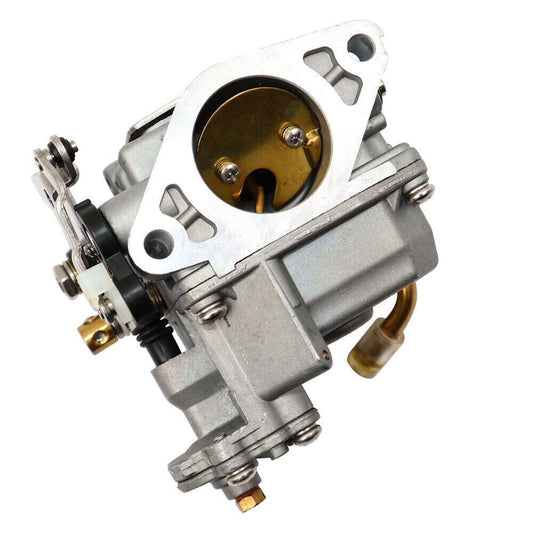
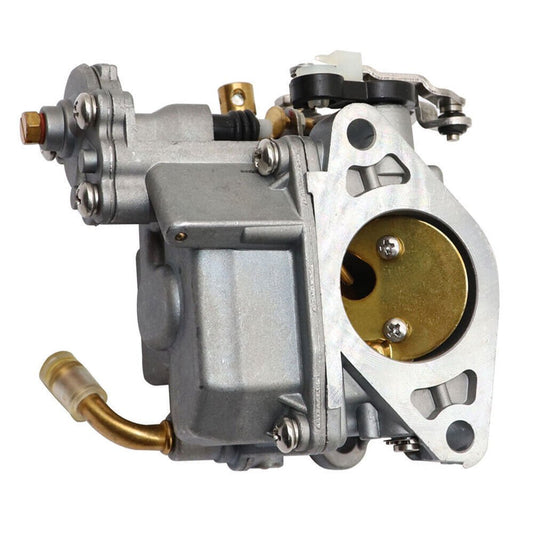
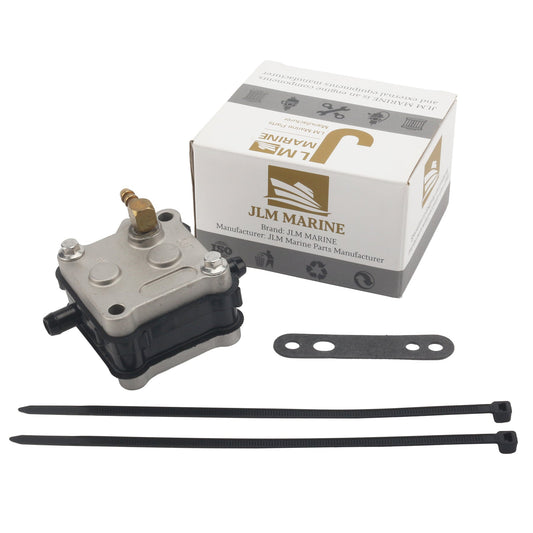
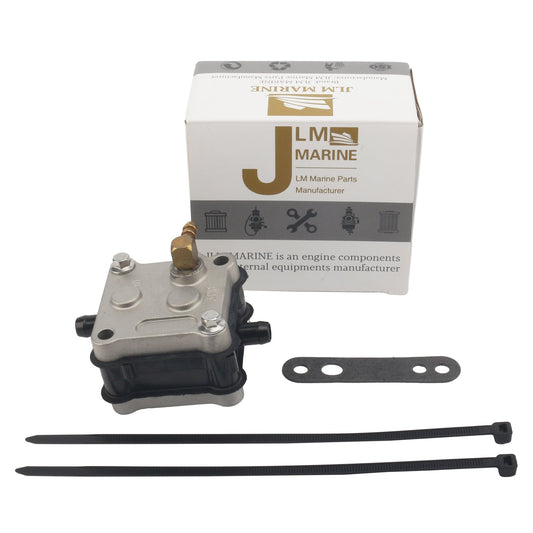
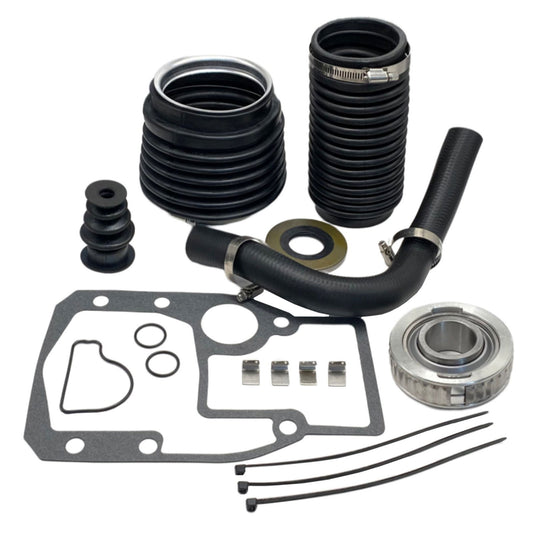
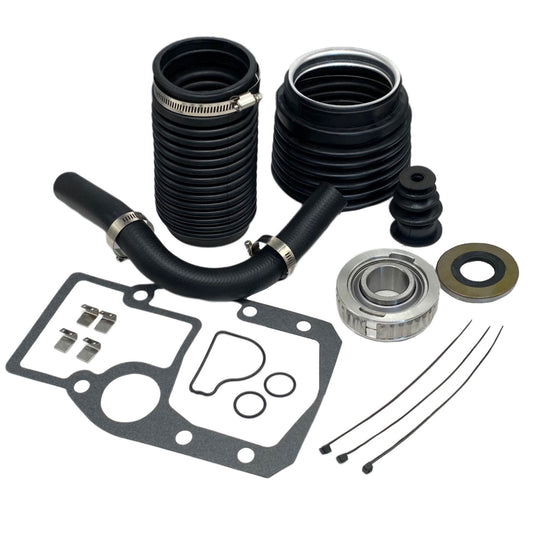
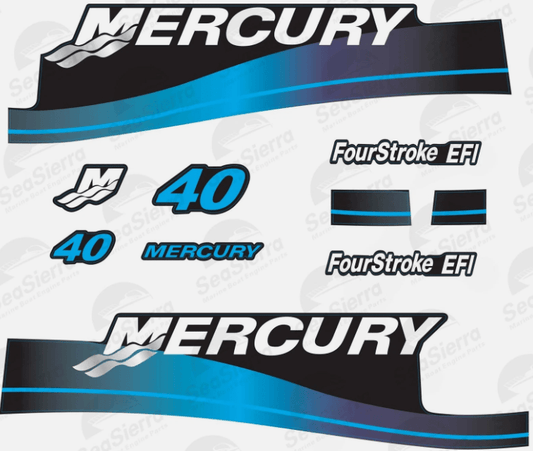

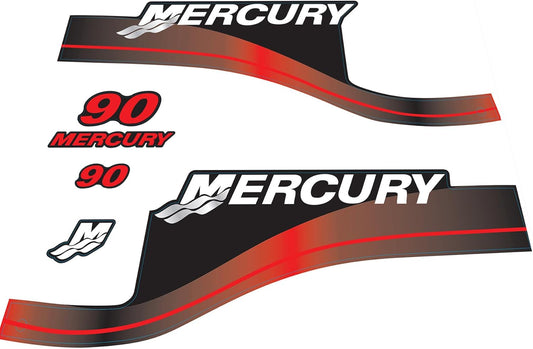
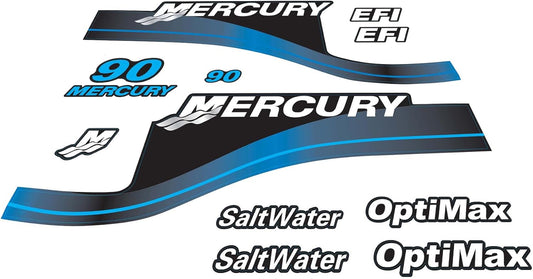
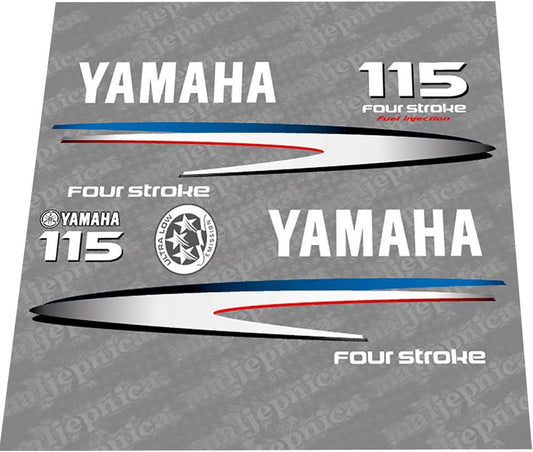
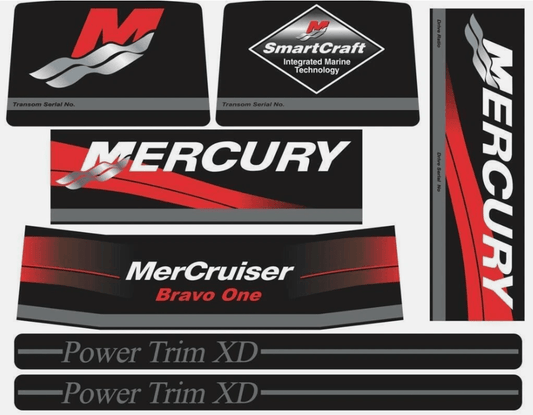
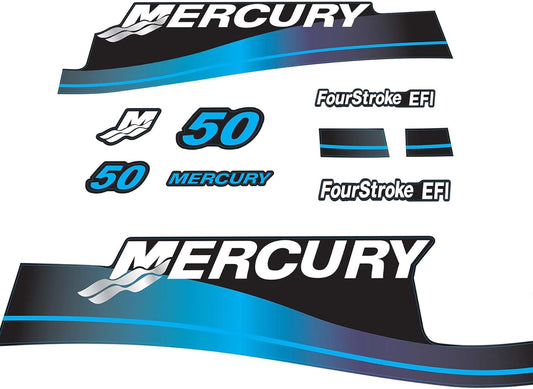
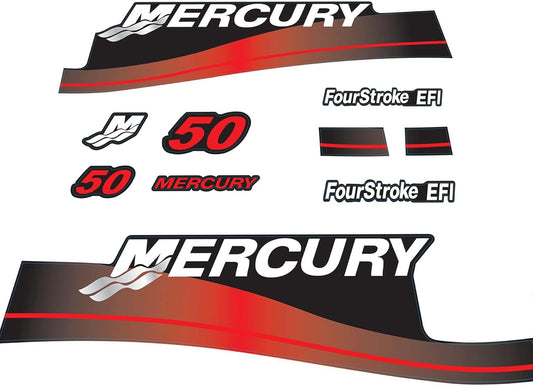
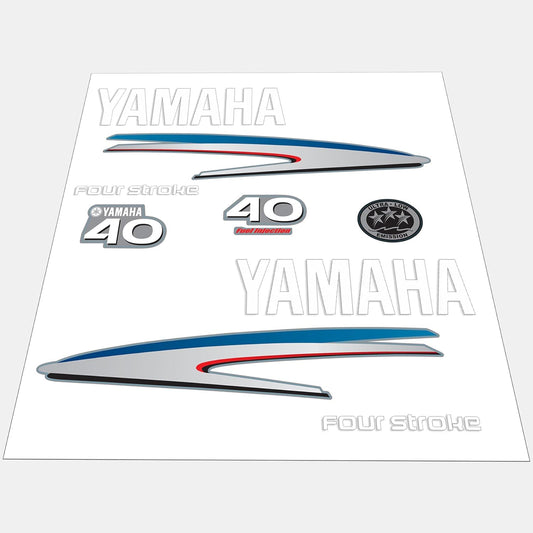
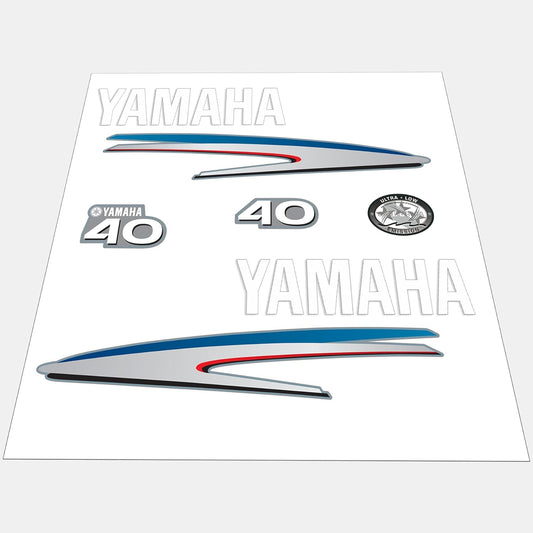
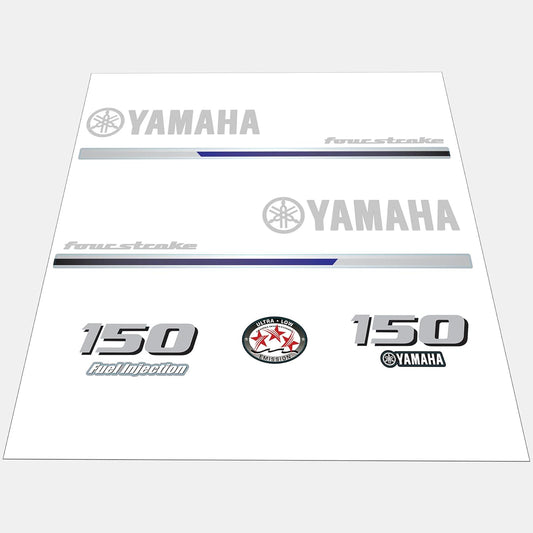
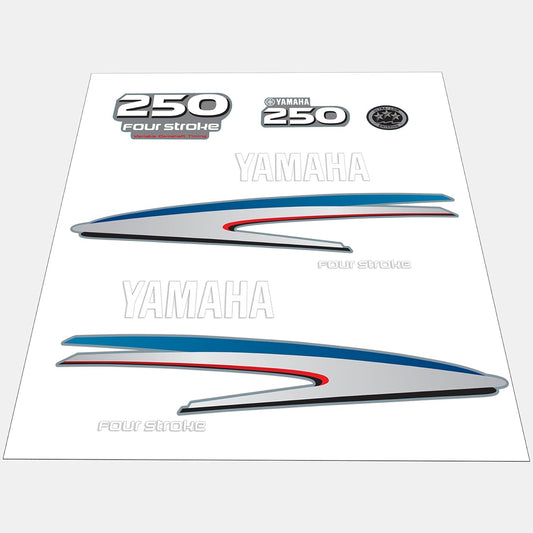
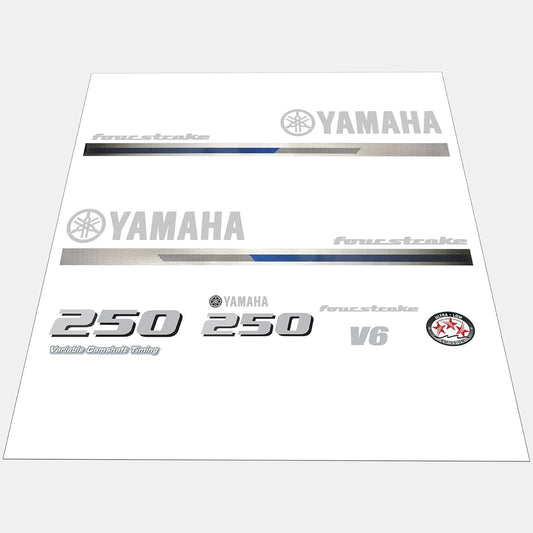
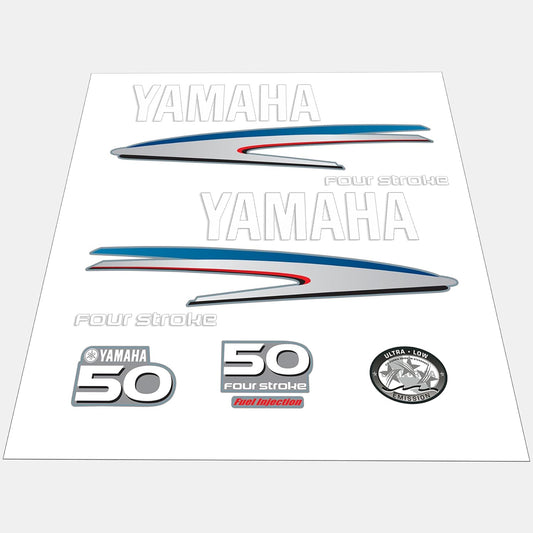
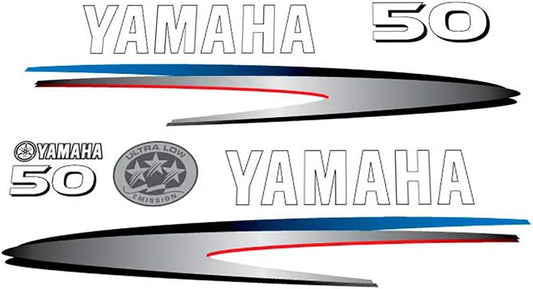
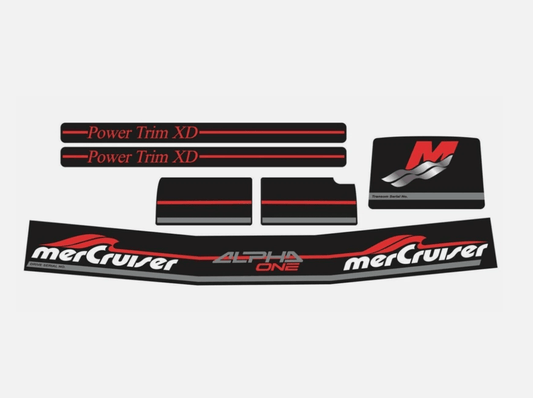

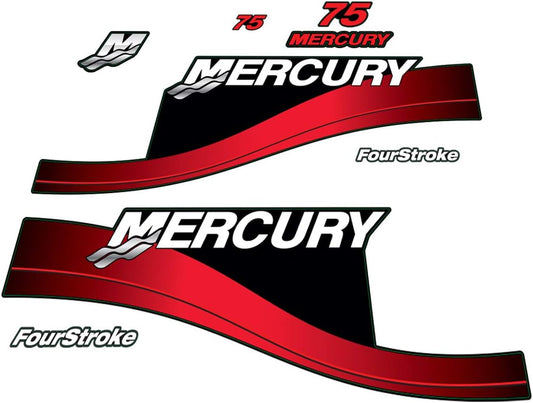
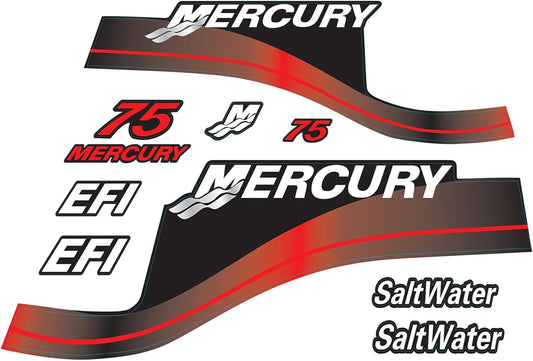
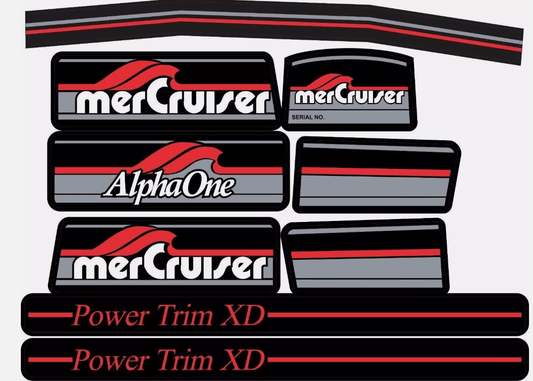

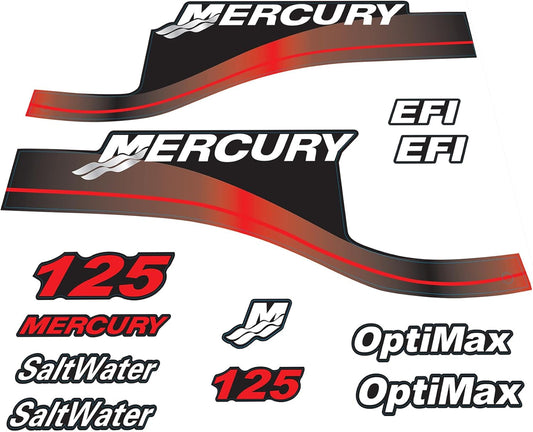


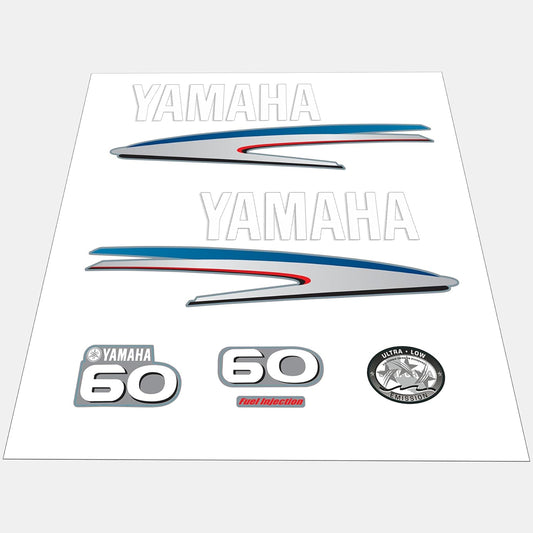
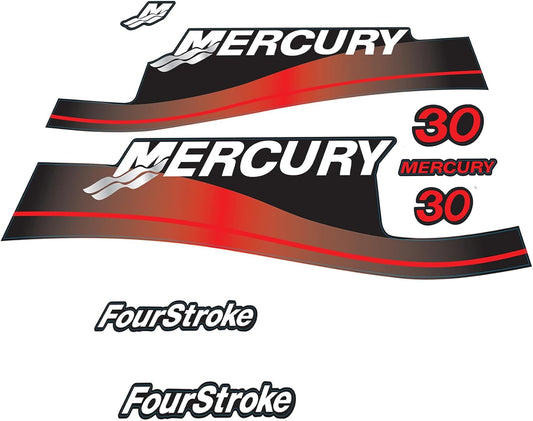
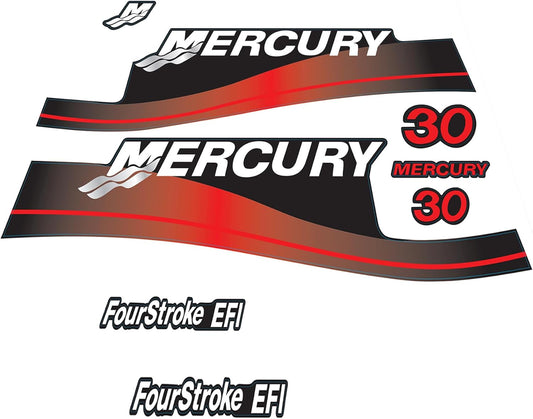
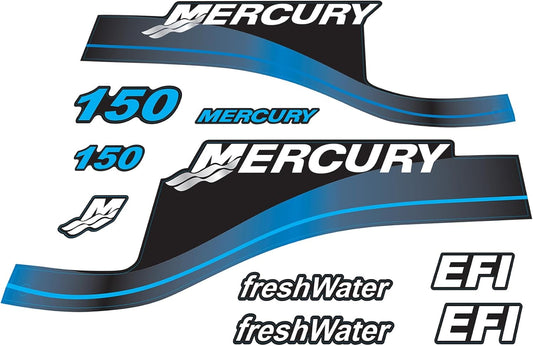
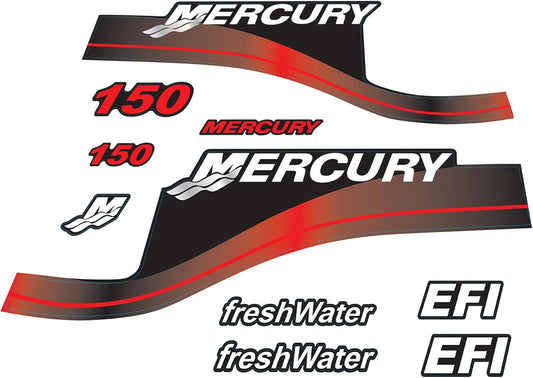
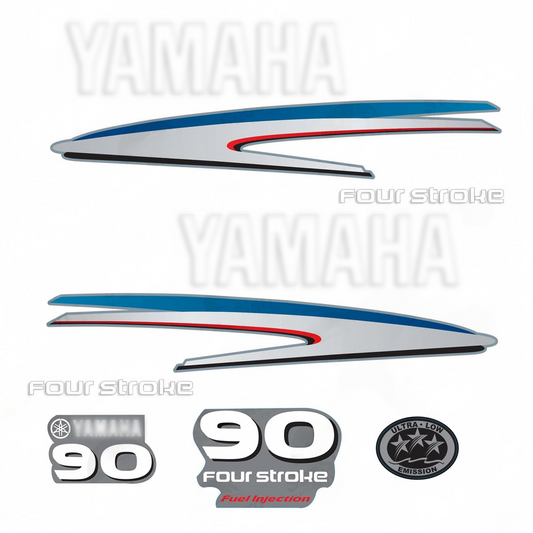
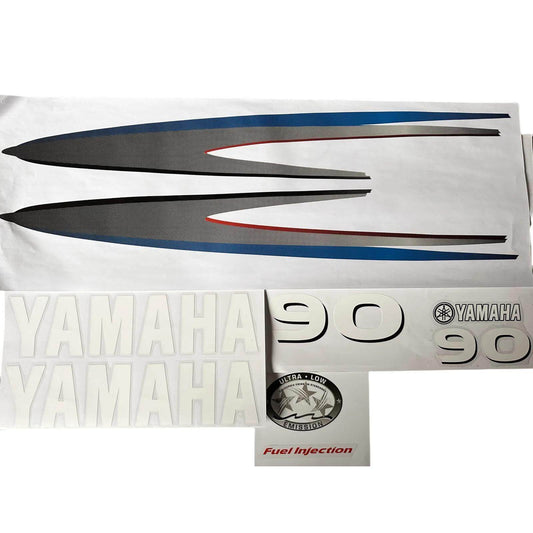
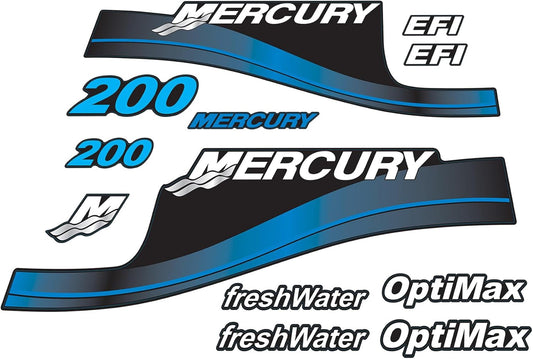

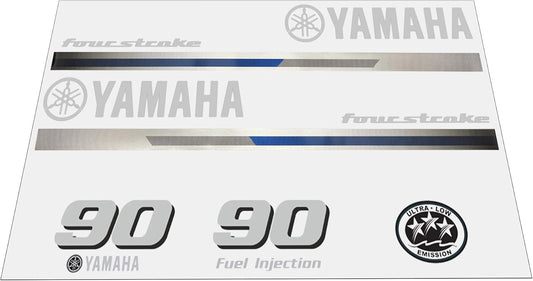
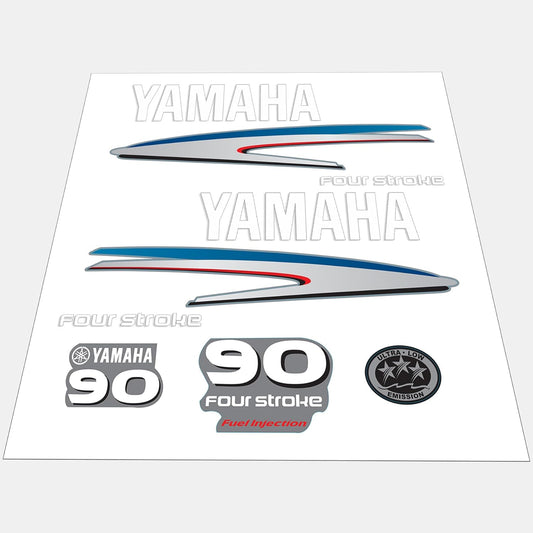
Leave a comment
Please note, comments need to be approved before they are published.